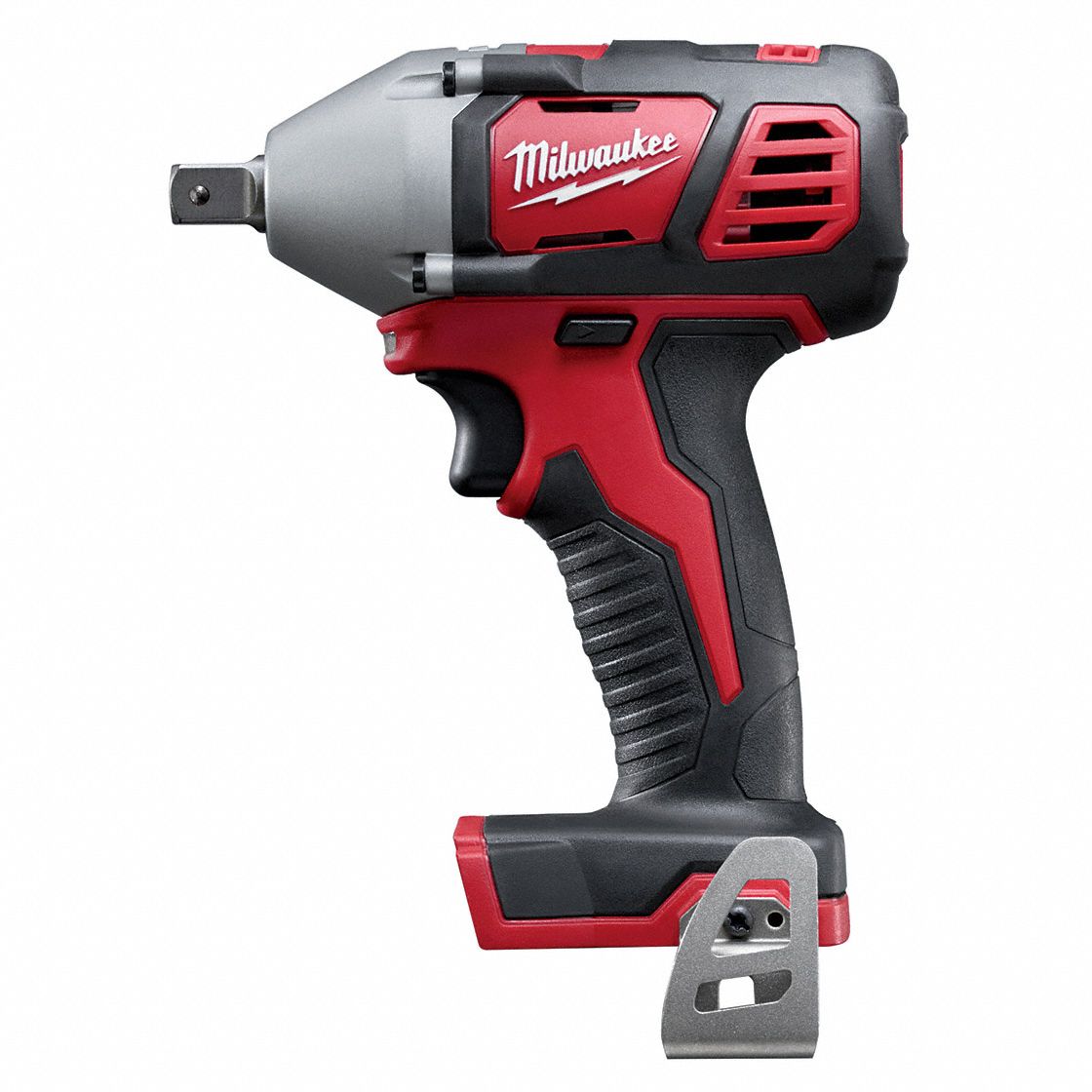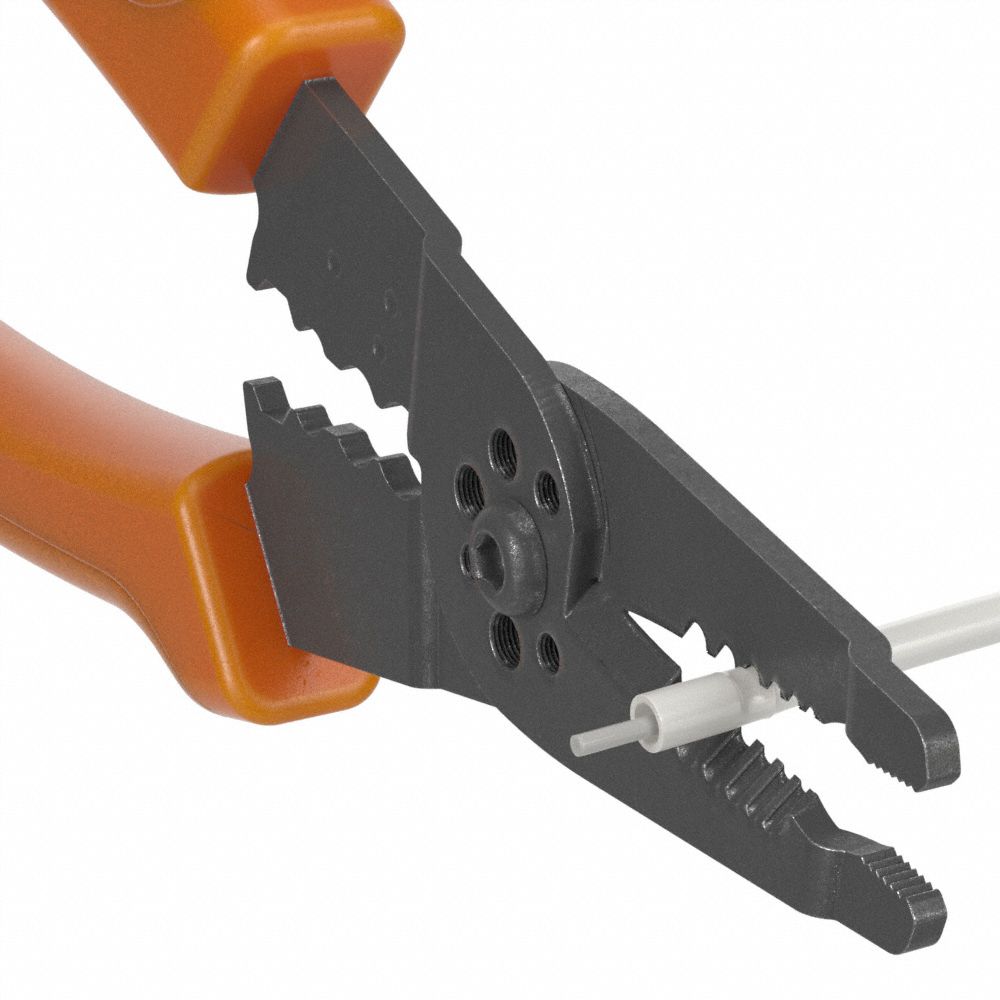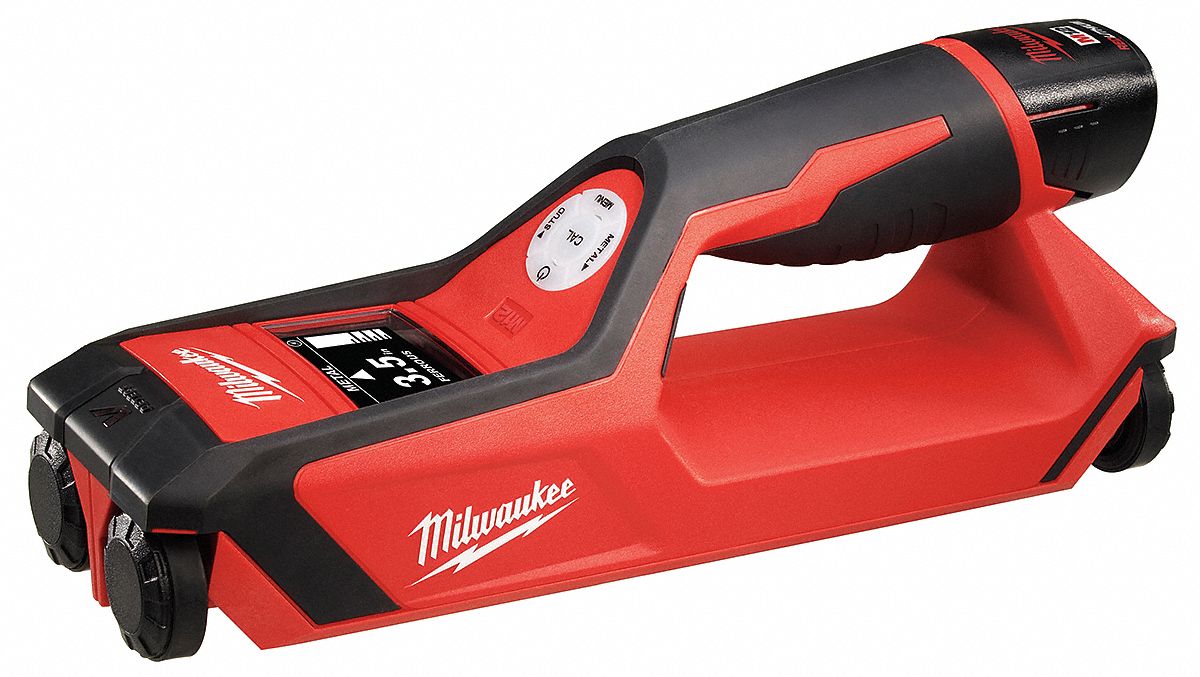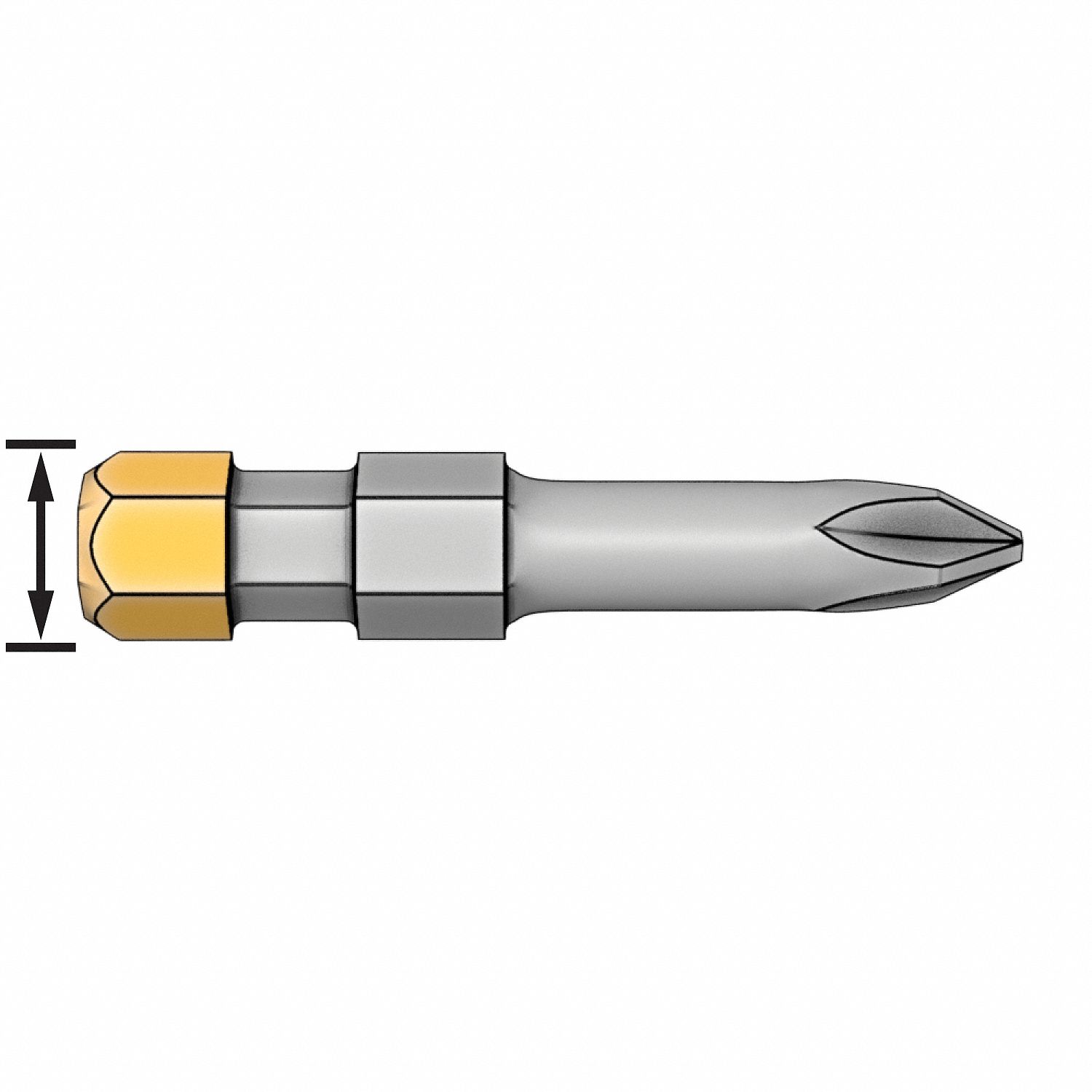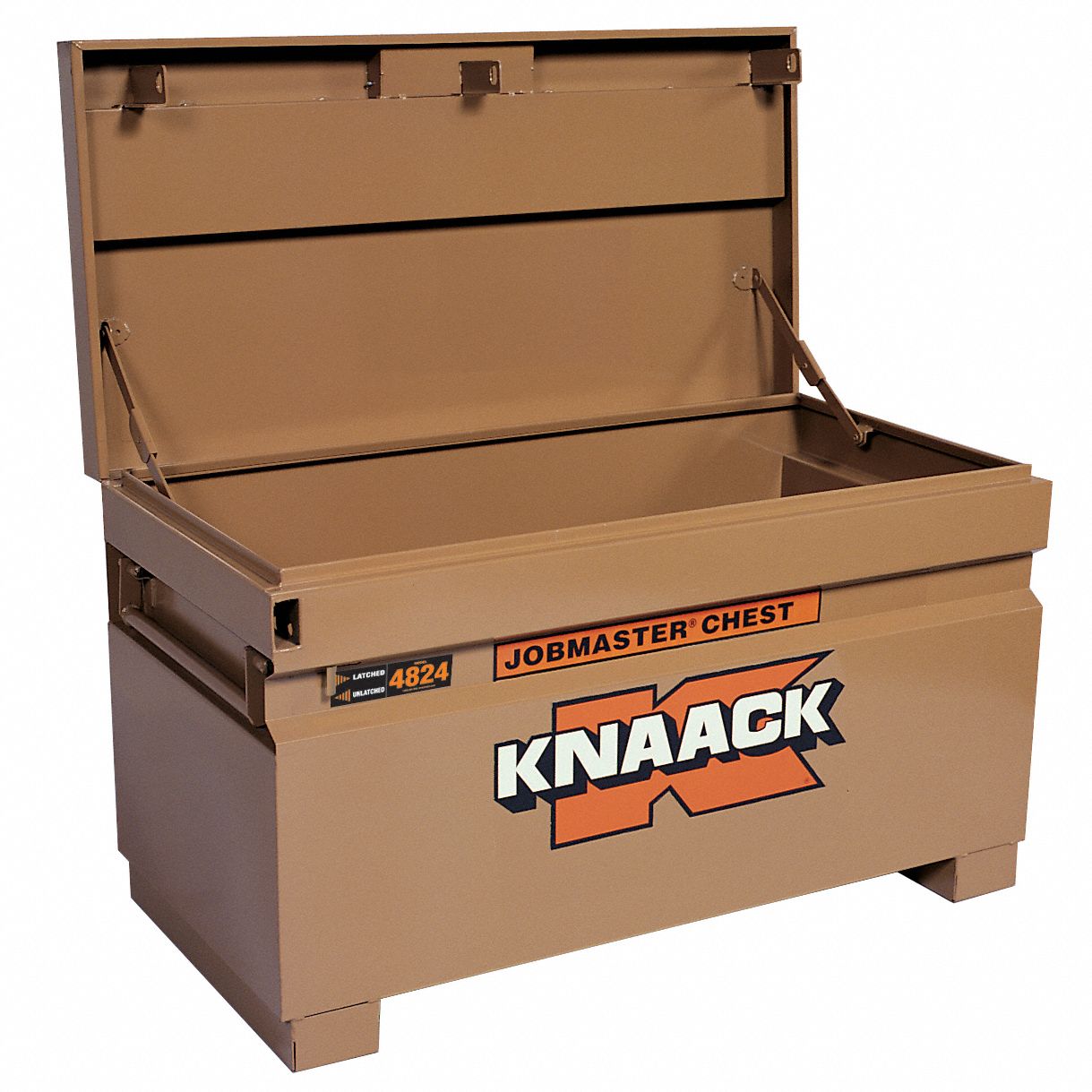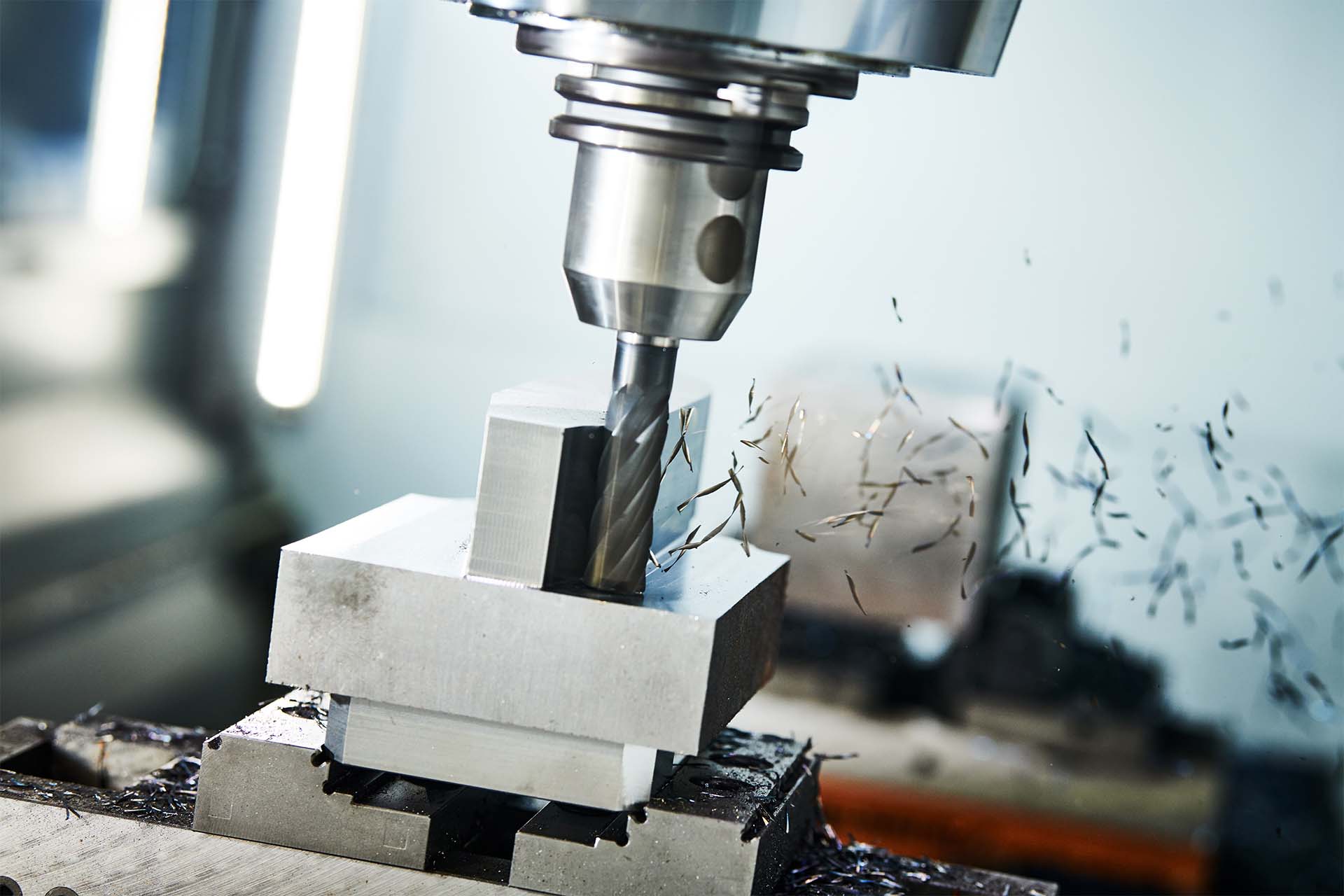

What Is High-Speed Machining?
By Grainger Editorial Staff 6/26/19


If you’re ready to launch a high-speed machining operation in your shop, here are some key considerations to keep in mind.
A process that combines lighter milling passes with high spindle speeds and high feed rates to achieve a very high metal-removal rate, high-speed machining helps reduce cycle time, increase tool life and increase shop productivity.
“Machinists use high-speed machining to make their work faster and easier,” Tag Team Manufacturing points out. “Faster productivity rates mean the machines can produce more parts in a short period.”
Getting these “wins” using older technology that incorporates larger diameter cutting tools and much slower speeds is nearly impossible—a reality that’s driving more companies to incorporate high-speed CNC machines and tooling into their operations.
“Technology has advanced to the point where machines can handle high-speed machining simultaneously along multiple axes,” says Justin Hagerty, a Grainger Metalworking Specialist, “with high-speed machining allowing shops to take smaller, faster cuts using high spindle speeds and faster feed rates combined with multi axis machines.”
This helps reduce overall cycle times while allowing workers to get more done in less time. “Typically, machines have two to three axes, but now we’re seeing machines that feature five to seven axes,” Hagerty says. “These new machines enable smaller setup windows and less handling time, with most of the key operations that machine shops typically manage.”
What Is High-Speed Machining?
Originally developed by German inventor Dr. Carl Salmon in the 1920s, high-speed machining was born when its originator realized that for a specific workpiece metal, the heat generated at the interface between the cutting tool and the workpiece would peak at a certain critical spindle speed.
Used to make molds that have intricate core and cavity geometries, as well as structural components in the aerospace industry, high-speed machining is a process focused on making very fast—but also very light—low-pressure cuts. These fast cuts translate into an overall increase in material removal rates.
“Faster and more efficient machine tools and processors are being released on a regular basis, each outperforming the other,” Front Panel Express points out. This is driving both machine shops and parts manufacturers to find new ways to extract higher rates of productivity from their tools and processes.
Extracting Key Benefits
One of the biggest benefits of using high-speed machining is extended equipment longevity due to much less stress being placed on both the machine itself and the cutting tool. “That translates into much less load on the machine itself,” says Hagerty, “and tool wear that isn't as great as it would be using more traditional machining.”
Due to the increased speed and rate of feed used with high-speed machining, the material is cut so fast that barely any heat is transferred during the process. This helps to minimize turnaround time (because less time is needed for cooling and hardening) while also reducing shop emissions levels.
What Are the Challenges of High-Speed Machining?
High-speed machining can also create new challenges for machine shops, which must factor material selection, spindle power, acceptable workpiece geometries, available shop floor space, parts complexity, CNC machines (you want those rated for high-speed operations) and operator training into their successful operations.
“There is a wide range of factors that are needed for high speed production to run smoothly,” Tag Team explains, “and these factors must be considered when selecting a CNC machine for your machine shop.”
For example, not all materials are well suited for the high-speed machining process. “For the best results, tough or hardened materials provide the best results,” Tag Team advises. “When you consider that different materials are processed at vastly different speeds, mostly due to the preservation of the machine’s cutting tool life, the most common metals include hardened steels, stainless steel, tool steel, and titanium, and often mild steel.”
Regarding workpiece geometries, for example, those with internal or “hidden” cuts can limit the maximum depth of an undercut, the manufacturer warns. And as for the CNC machines themselves, those not rated for high-speed operations can produce a lot of broken tooling and scrap pieces.
“Not all CNC machines are high-speed machine capable so a lot of them are tapped out at certain RPMs,” Hagerty says. “As a result, high-speed machining as a process correlates directly with an individual machine’s capability.”
Because of this, the machine shop that wants to use existing CNC machines to launch a high-speed machining operation should understand that those machines will “only go so fast,” says Hagerty, “while newer machines designed for high-speed machining will enable much faster cuts so facilities can fully leverage the high-speed process.”
The Right Solution for the Right Application
By leveraging technology and state-of-the-art high-speed machining processes, companies are getting the job done in the most efficient manner possible, managing that work with less labor and saving both time and money. Hagerty works frequently with machine shops that want to achieve more productivity out of their machining processes, but don’t always have the equipment or tools in place to make that happen. A shop that’s using larger diameter tools or CNC machines not rated for high-speed work, for instance, may not be able to reduce production time by 30-40%, but could still realize the benefits of high-speed machining.
“We can help that company incorporate some level of high-speed machining into their operations, but the core potential of the process won’t necessarily be realized,” Hagerty explains. Grainger also employs a team of internal metalworking specialists who not only help solve customer problems on their own, but that also work with outside vendors to address specific user applications.
“Not every part is compatible with high-speed machining, a process that’s extremely application-specific,” says Hagerty. “We bring in vendors combined with our knowledge to get a complete, 360-degree view of the customer’s current operations, and to guide those users through the high-speed machining setup process.”
Learn more about Grainger's metalworking products and solutions.
![]()
The information contained in this article is intended for general information purposes only and is based on information available as of the initial date of publication. No representation is made that the information or references are complete or remain current. This article is not a substitute for review of current applicable government regulations, industry standards, or other standards specific to your business and/or activities and should not be construed as legal advice or opinion. Readers with specific questions should refer to the applicable standards or consult with an attorney.

